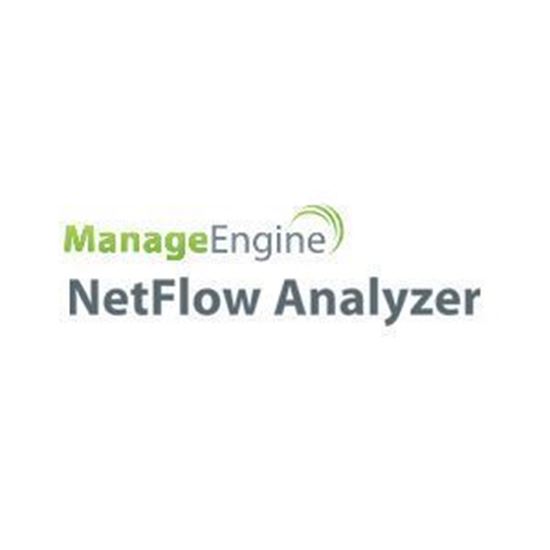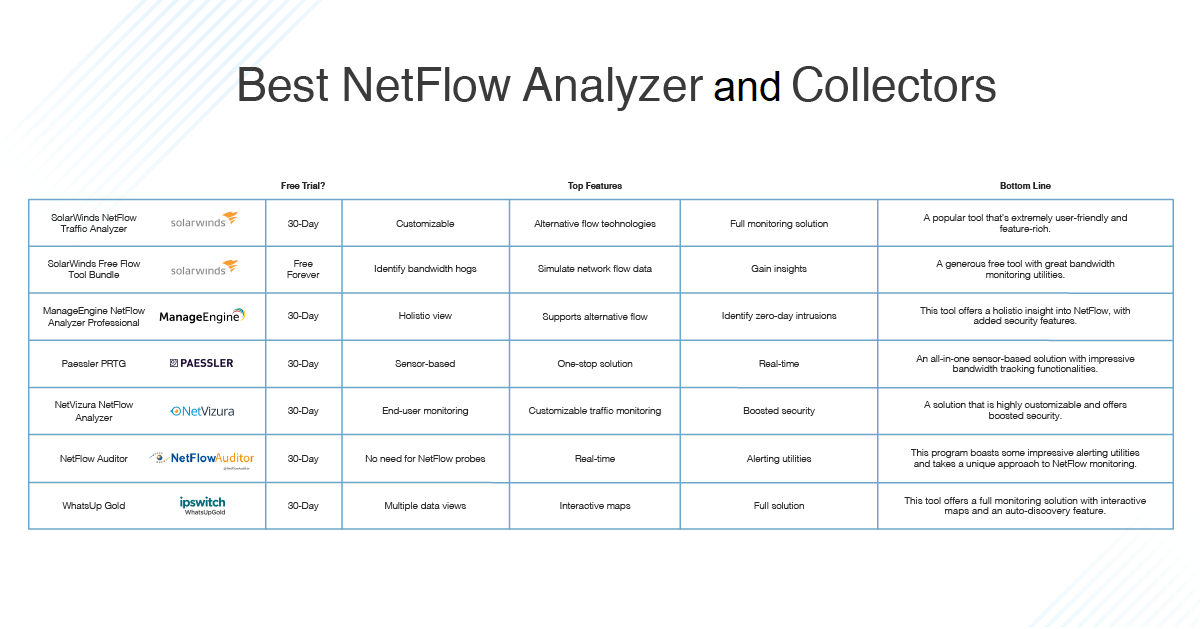
Additionally, you will have to specify the scan type and options you want to use with flags like -sT for TCP connect scan, -sS for TCP SYN scan, -sU for UDP scan, -p for port range, -O for OS detection, or -A for aggressive scan.

You will then need to specify the target hosts or networks you want to scan using various options, such as IP addresses, hostnames, CIDR notation, or ranges. To use Nmap, you must download and install it from its official website, launching it from the command line or the graphical user interface (GUI) called Zenmap. Nmap is a powerful tool for network traffic and bandwidth analysis, allowing users to scan and map network hosts, ports, services, and vulnerabilities.

Lastly, you can access various statistics and graphs about the captured packets from the statistics menu such as summary, protocol hierarchy, conversations, endpoints, IO graphs, or flow graphs. The packet bytes pane displays raw data in hexadecimal or ASCII format which you can highlight or copy. You can also expand or collapse the different layers of the packet such as Ethernet, IP, TCP, or HTTP. The packet details pane shows headers, fields, and values of each packet. The packet list pane displays a summary of each packet with number, time, source, destination, protocol, length, and info. Additionally, you can use the display filter reference or the expression builder to create complex filters. You can use the filter box to apply filters based on protocol, port, source, destination, or payload.

After that, click on the green shark fin icon to start capturing packets or open a saved capture file from the menu. Then, launch Wireshark and select the desired network interface from the list of available interfaces. To use Wireshark, you need to download and install it from its official website.

Wireshark is a popular tool for network traffic and bandwidth analysis, as it can capture and display packets from any network interface or file.


 0 kommentar(er)
0 kommentar(er)
